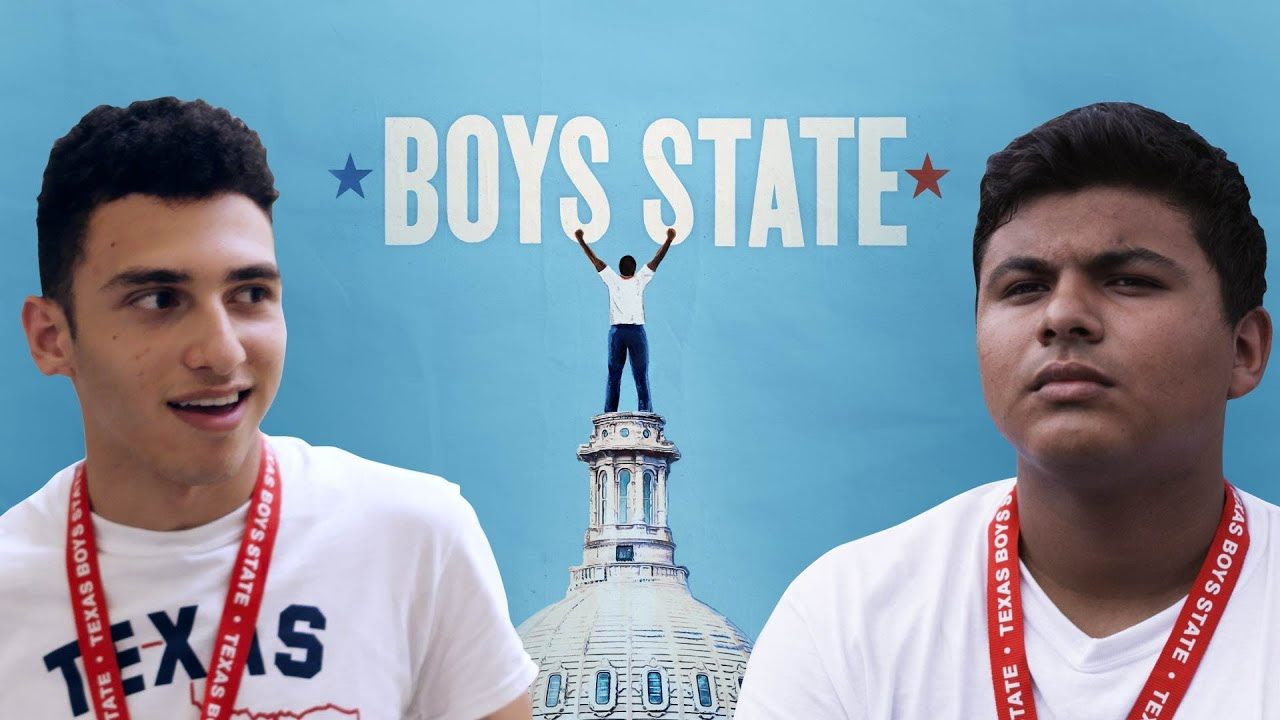IBM had always been involved with the American government marketplace and formed the Federal Systems Division in 1957 to give a special team for that focus. Initially working on Defense-related projects, it would quickly also be the home of the work on the Space program, and where I entered. There were large facilities of people that worked on deep classified missions and literally could not talk about what they did because of their clearances. I was fortunate that I never had any of those, and thus can relate some fun stories of wonder around the edges of that community. Including today’s where I had gone out to talk to the folks in R group (Research) “at the Fort” – otherwise known as NSA, and had just been locked IN a conference room…
… while they had pulled the plug on our initial large project, we Hoped they were still interested in a smaller “desktop supercomputer”. Many other workstation vendors were claiming this ability, but having the IBM name, and the FSD credentials mattered. Our sales team and my boss had great relationships within the community, and this particular meeting provided me with my first visit “in” the actual classified world. The initial conversation was in a nondescript office building that no one would suspect was the NSA near the BWI airport. This meeting was actually in the NSA proper, so we had to get extensive paperwork in place and now had been escorted in. I was used to presenting our basic approach and also providing pauses for questions. That wasn’t Hope – as with the executives, if you do that, it is a wonder what you can learn. Inclduing that everyone neglected to tell me that bringing IN what we called at IBM “foils” – transparencies for the overhead projectors that were the PowerPoint of that generation – could not be taken OUT… microdots are a way of sneaking out secrets 😉 So even the WAY I was making the presentation was already off on the wrong foot…
When things are working well, in leadership or music, it is always hard to embrace change. The model of Teams we teach says that High-Performing Teams should be together for more than 2 – so they know each other strengths and can cover each other weaknesses… and less than 5 – where that familiarity causes less crisp communications, and outright conflicts. The trick is to think of the team as a pipeline with people coming in for their 5 years and then moving into something else. And for true High Performance, you need diversity – not just ethnic but also of thoughts and backgrounds, along with different communication preferences. In Carlos’ case, he decided to add a young guitar prodigy who was about the same age he was when he broke into Bill Graham’s world, 17-year-old Neil Schon. Imagine joining a band that already had 2 platinum albums, and now you were trading licks (and writing songs with) Carlos? This line up would produce their 3rd Platinum album… and also mark the turn of the band back towards earth…
The Fort had a charge to be “10 years ahead of the state of the art”. In computing, that meant even the things we were doing in Research, they had mostly tried and sorted out. It was daunting to present to them – the combination of the clearances making their speech slow and deliberate along with their deep understanding of the topics again taught me to be quiet and ask lots of questions – perfect to gather requirements and build rapport which still serves me to this day. Hope in this context changed to a very pragmatic approach of finding something THEY were interested in, wanted to talk about, and THEN bending that towards what we had prepared. It serves me well to this day – building in a pause, often counting to at least 10… most people can’t make it past 7, and begin to talk about what is important. Listen, listen, listen… count to 10 again. Repeat. If you must, ask another simple question. The session went well, after my initial faux pas, and we were escorted out – minus my foils, and debriefed on the drive back to DC…
…and the same tensions I observed inside of IBM were also present in the intelligence community. The only people the NSA hated more than the Russians… were the CIA people… who equally called the FBI the Fogerty Brothers Investigative Service 😉 “Sharing” information was seen as almost as treasonist as leaking secrets to the enemy. This would come to a head in the 9/11 investigation, and ultimately be changed by adding another layer on TOP of all of this – the DNI. If you are a student of management, you don’t need to wonder if that extra layer really helped 😉 The wonder of sustaining Hope in your team: constantly be looking for new team members to bring into the pipeline. And what do you do to build teams that are cross-pollinated with different backgrounds, and possibly from different groups? Actually recruiting people from other groups helps build long-standing alliances both in leadership and in music as we will see next week, and became a Best Practice in the Intelligence Community after their terrific failure. For now, what is your Best Practice for Hope as you listen to this “advice” from the amazing hit from Santana III – No One to Depend On.




